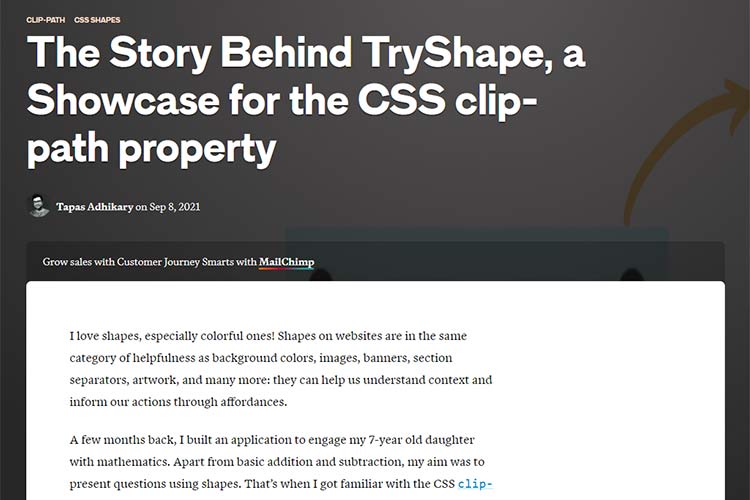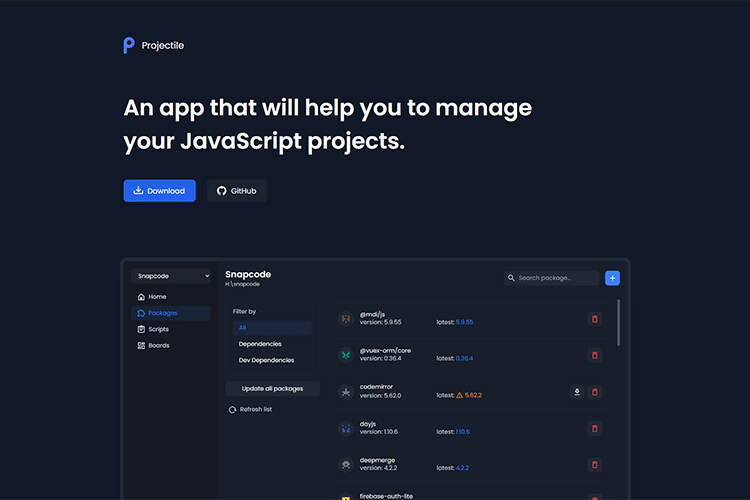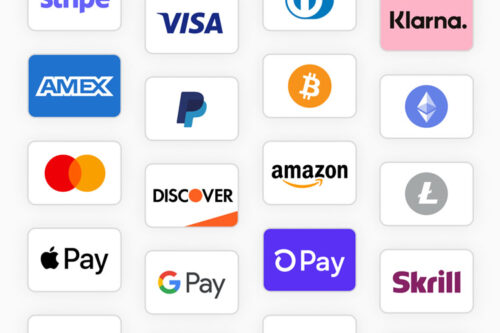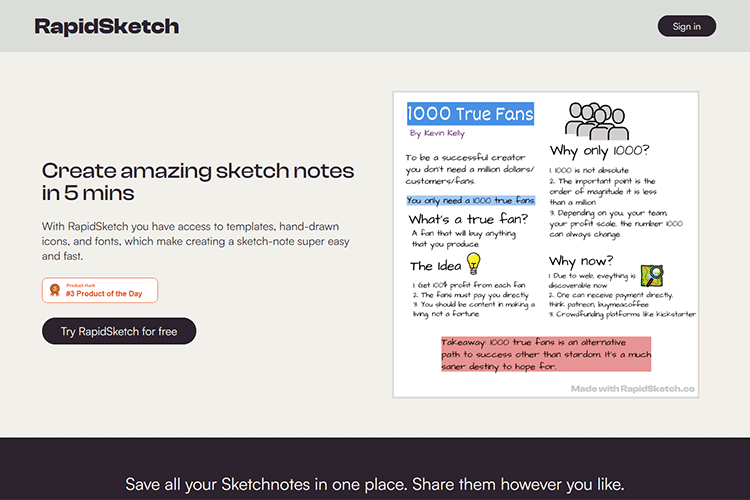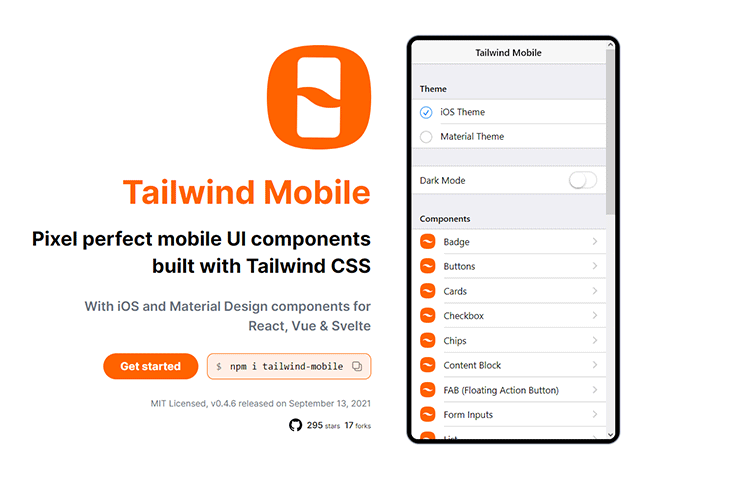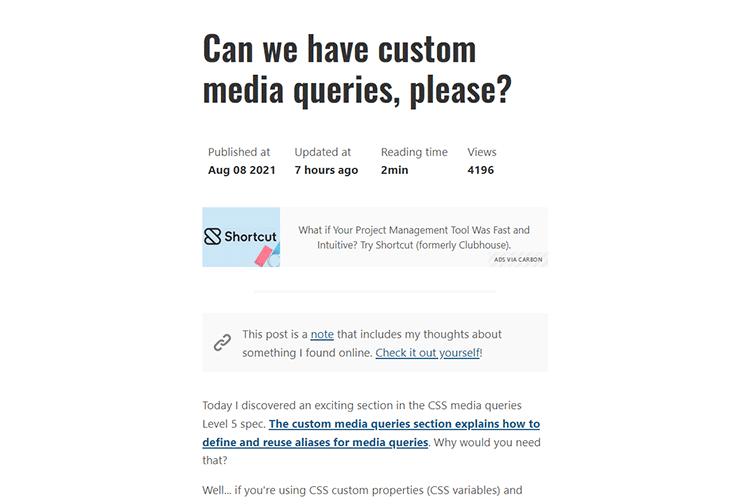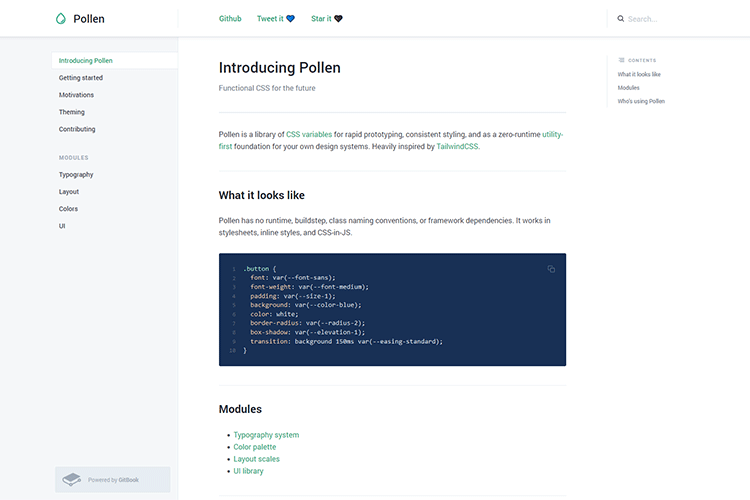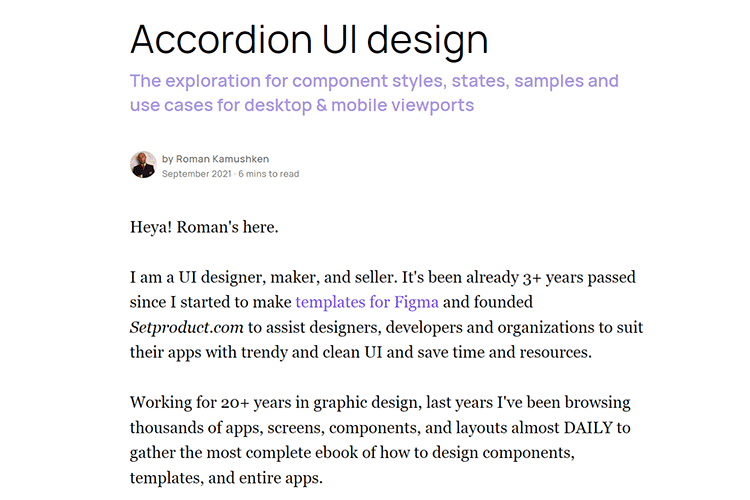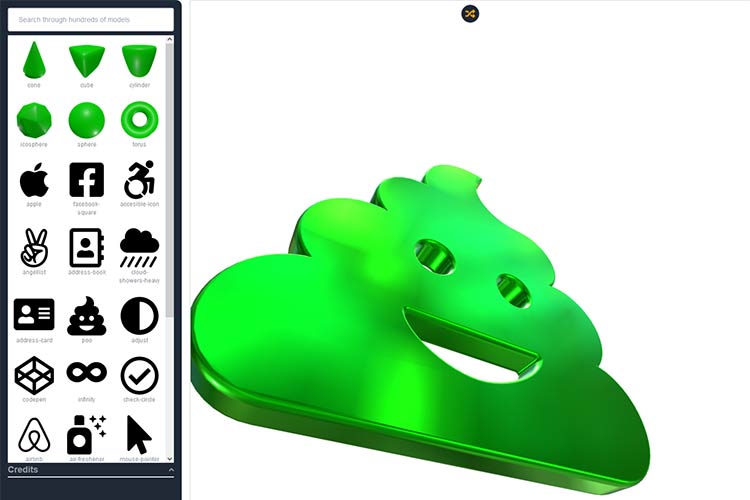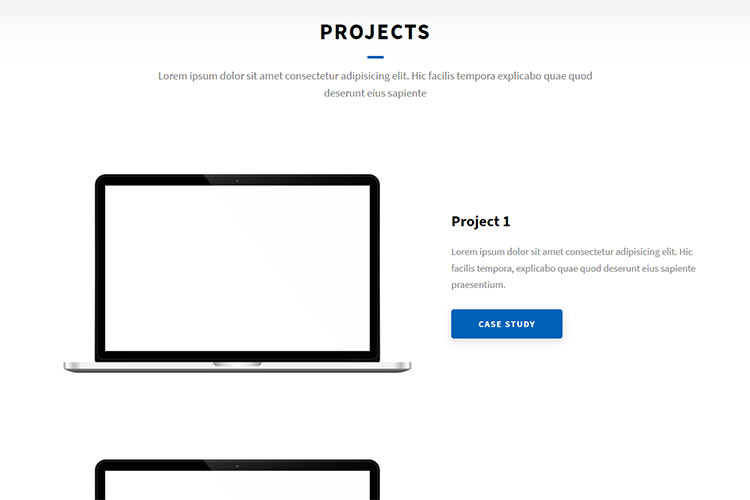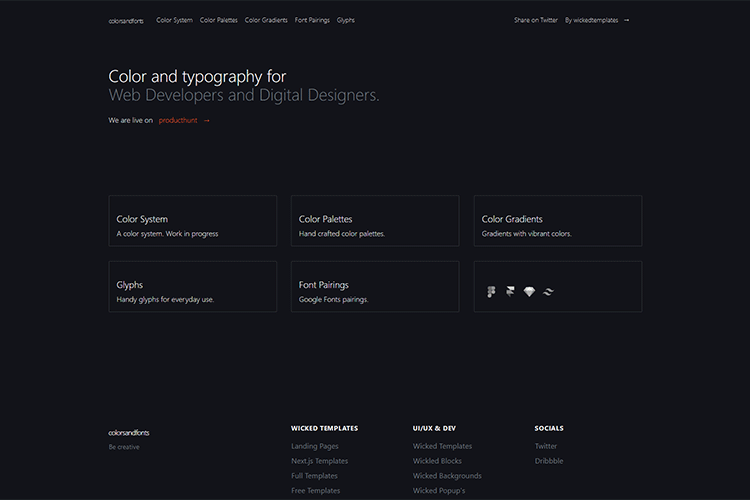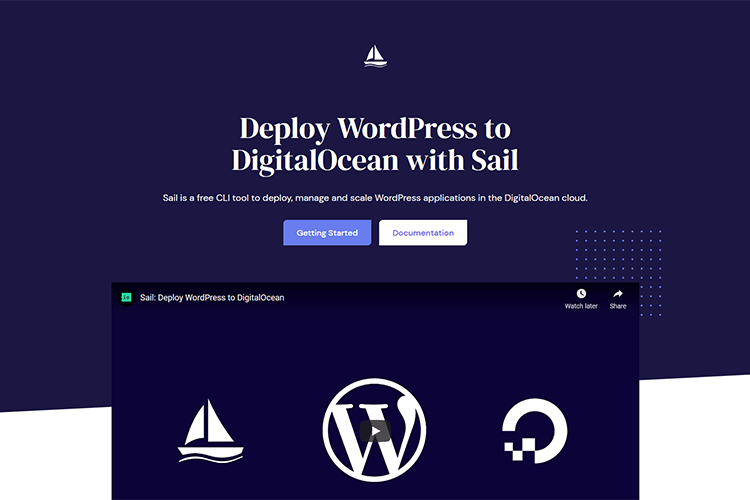WordPress is an open-source application with an enormous ecosystem. The sheer number of available plugins and themes (many of them free) benefits developers and everyday users alike.
If, for example, you need a plugin to help with SEO, you’ll find plenty of options. Even if the first one you try doesn’t do everything you need, you can easily uninstall it and switch to something else. Want to update the look of your site? There are a seemingly endless supply of themes to check out.
The process of enhancing your website with a few clicks is something to behold. And it has also become second nature. If you’re a frequent user of the content management system (CMS), it’s easy to take all of this for granted.
What’s often missing is the act of sharing some love with WordPress plugin and theme authors. Many of us simply don’t take the time. But, by paying it forward, we can positively impact the people and products that help make our websites better.
Need some ideas? Keep reading for some simple ways to say “thank you”!
The Potential Impact
The WordPress developer community is highly-dependent on happy users. Whether they’re established commercial veterans or newbies sharing their first project, a simple act of gratitude from us can go a long way.
Consider a recently launched plugin or theme. It can be incredibly difficult to gain traction in a crowded marketplace. How can a WordPress product find the growth required to stick around for the long term?
Solo entrepreneurs and small agencies can’t necessarily afford to pay for publicity. That makes word-of-mouth from users especially valuable. Each shout-out could mean another handful of users who come on board. Over time, that can add up to something significant.
Even larger players can benefit. Momentum is often fleeting and can lead a product to languish. In a competitive environment, falling behind could mean a slow death. Positive feedback could be the difference in whether your favorite plugin remains actively developed.
Now that we know a little bit about what paying it forward can do, let’s look at some ways to put it into action.

Write a “Thank You” Note
So often, plugin and theme authors don’t hear from users unless something’s wrong. That makes sense, as people tend to go about their daily lives when things are working well. It’s not until a problem arises that we start to take notice.
Let’s meditate on that for a moment. As a developer, you might start to feel a bit underappreciated if you only hear the bad stuff. It could deflate your enthusiasm for sharing your work at all. Eventually, you may throw in the towel.
One simple way to counteract this is by writing a quick “thank you” note. Contact a plugin or theme developer and let them know that you enjoy the product. Point out how it made your website better and any particular features that you enjoyed.
It doesn’t have to go into great depth – even a few sentences will get your point across. But just think about the impact this positivity can have on someone’s day. It could be the affirmation they need to keep moving forward.

Leave a Product Review
People pay attention to reviews. Whether they’re buying a new toaster or looking for a helpful WordPress plugin, the thoughts of other users can influence their decision.
Reviews especially help in a space with so many options. How, for example, can you tell which WordPress membership plugin is worth your time? Positive reviews are one way to filter out the best of the best.
Thus, if you’ve had a good experience with a plugin or theme, take a few moments and write an honest review. Point out your project goals and how the product helped you achieve them. And, if there were any shortcomings, it’s OK to mention them as well. Constructive feedback is helpful for future improvements.
Where can you leave a review? Items in the official WordPress plugin and theme repositories have designated places for feedback. If the item is part of a larger marketplace, they might also offer a reviews feature. Fail that, the product’s own website is also a possibility.

Spread the Word on Social Media
Social media is a great place to sing the praises of a favorite plugin or theme. You can instantly reach a network of like-minded people who may be looking for such recommendations. In fact, there’s a Facebook group for precisely that purpose.
Again, you don’t have to go into great detail. A few words about why you like the product is more than enough.
In addition, it’s nice to tag the developer in your post. This allows them to easily find your feedback and even jump into the conversation.

Make a Donation or Go Pro
There are certainly many popular commercial products run by big companies. Still, a significant portion of the WordPress ecosystem is powered by solo developers or small teams.
These developers often make a lot of sacrifices to get their products out there. There’s the time spent writing code, supporting users, and marketing. And the burden can be especially large for free plugins or themes. Some trade a chance at more lucrative ventures for something they’re passionate about.
Providing a little financial support to the author of your favorite product can mean a lot. Even a small amount of money shows appreciation and may help them justify the time spent on the project.
On completely free products, you might see a call-out asking for donations. The WordPress plugin repository also provides space for this. If you have the means, dropping a few dollars into their virtual tip jar is a great gesture.
Otherwise, it may make sense to upgrade to the “pro” version, if one is available. You’ll likely gain access to more robust features and technical support. Even better is that you’ll be supporting the developer’s work. This will help them sustain the product into the future, which benefits everyone.

Support the Developers Who Support You
If you’re a WordPress plugin and theme user, think about what those items have meant to you. Have they helped you serve clients? Perhaps they’ve played a role in powering your business?
The amount of time and money you earned (and saved) because of these products can be significant. That’s an awesome thing and shouldn’t be taken lightly.
Therefore, it’s worth making the effort to sing the praises of a product you love. You’re helping other users by recommending something that might benefit them. Plus, you’re giving the author some warm-and-fuzzy feelings. It’s a win-win situation!
The post Love a WordPress Plugin or Theme? Pay It Forward. appeared first on Speckyboy Design Magazine.
Did you miss our previous article…
https://www.1clanek.info/?p=1304

